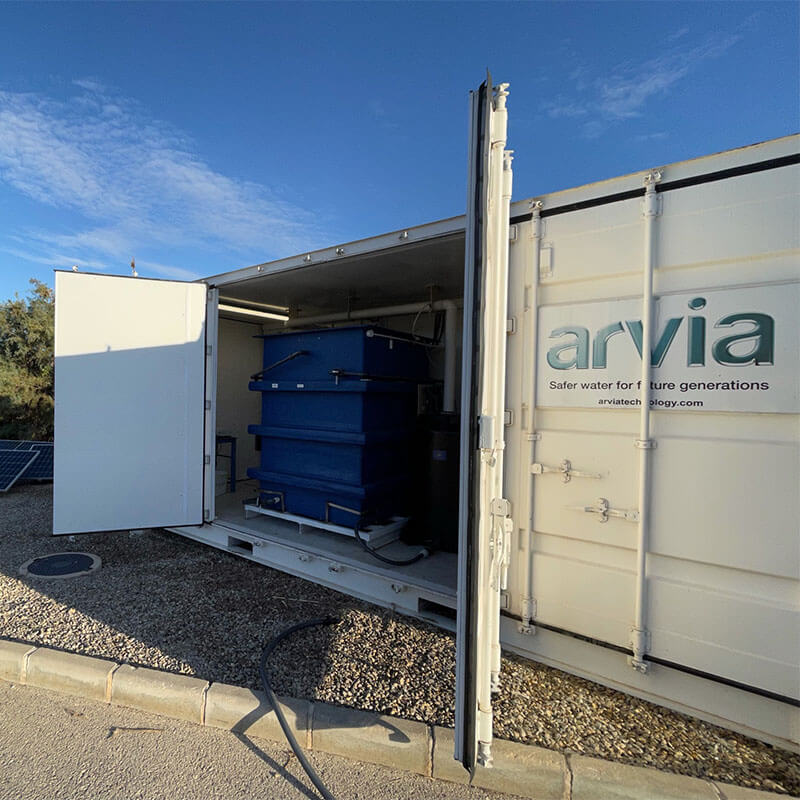In aquatic environments, ammonia can be toxic to marine life, including fish and other aquatic organisms.
When ammonia is released into water, it undergoes a process called ammonification, where it is converted into ammonium ions (NH4+). Ammonium ions can be further oxidized into nitrites (NO2-) and nitrates (NO3-), through a process known as nitrification.
Ammonia poisoning in water can disrupt the balance of nitrogen compounds, leading to toxicity. Ammonia toxicity affects the gills of fish, impairing their ability to breathe and leading to respiratory distress.
Additionally, it can cause organ damage and interfere with the fish’s osmoregulatory system, resulting in abnormal behaviour and reduced reproductive capabilities.
Furthermore, ammonia can persist in water for extended periods. In some cases, it may take weeks or months for ammonia levels to decrease significantly, depending on conditions. This can exacerbate the negative impact on aquatic ecosystems.





